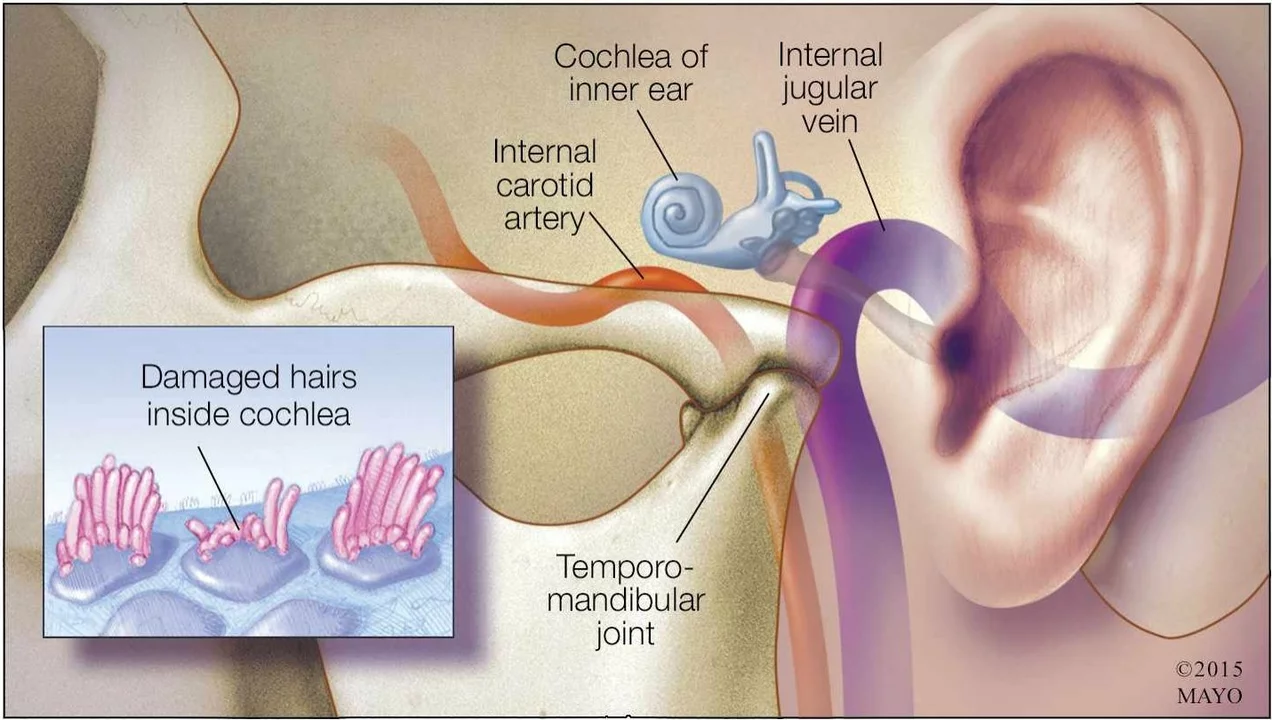Hearing Treatment: Practical Options to Hear Better
Struggling with hearing? You're not alone. Hearing loss can be sudden or gradual, and the right treatment depends on the cause. This page lays out practical, real-world options—from simple earwax removal to hearing implants—so you know what to ask your doctor.
First, figure out the type of hearing problem. Conductive loss means sounds can't get through the outer or middle ear. Sensorineural loss comes from the inner ear or nerve. Mixed loss has both parts. An audiologist or ENT will run tests to pinpoint the issue and guide treatment. Don’t guess—accurate diagnosis steers you to the right care.
Quick fixes and medical treatments
Some problems are fixable fast. Earwax buildup often only needs safe removal by a clinician. Middle ear infections usually respond to antibiotics or watchful waiting, depending on age and symptoms. For sudden sensorineural hearing loss, steroids started quickly can improve recovery—so treat sudden changes as an emergency. Chronic conditions like otosclerosis may need surgery, while Meniere’s disease is managed with diet changes, diuretics, or injections in some cases.
Medications rarely cure long-term hearing loss, but they help certain conditions. Steroids, antiviral drugs, or antibiotics work for specific causes. Always follow a doctor’s guidance—self-medicating can make things worse.
Devices, rehab, and daily tips
Hearing aids are the most common treatment for permanent sensorineural loss. Modern aids are small, smarter, and tuneable to environments. If hearing aids aren’t enough, cochlear implants or bone-anchored devices can restore sound for severe losses. These options need evaluation by specialists and usually involve a rehab period with training and adjustments.
Auditory rehabilitation helps you get used to sound again. Therapies include speech-reading, sound therapy, and structured listening exercises. For tinnitus (ringing in the ears), sound masking, CBT-based counseling, and hearing aids can reduce the impact.
Practical day-to-day tips matter. Protect your ears from loud noise—use plugs or noise-cancelling headphones. Keep follow-up appointments and get hearing checked every few years, especially after age 60 or if noise exposure is regular. Clean hearing aids and change batteries or charge them as instructed to avoid downtime.
Insurance and cost can be confusing. Medicare often doesn’t cover routine hearing aids, but some private plans and state programs help. Ask your audiologist about financing, trials, and warranties. Try devices before buying when possible.
If you're unsure where to start, book an appointment with an audiologist or an ENT. Tell them when symptoms started, any noise exposure, and medicines you take. Quick action for sudden changes and steady care for chronic loss both improve outcomes. Hearing matters—small steps now make day-to-day life clearer and safer.
Modern hearing aids connect to phones and TVs, and manufacturers offer remote adjustments so you can tweak sound without office visits. Look for noise reduction, feedback cancellation, and multiple program settings. Ask about trial periods and return policies—most reputable clinics let you test devices for weeks. If hearing changes, repeat testing—hearing can shift and settings may need updates. Bring a family member to appointments for real-world feedback.

The Role of Sound Therapy in Tinnitus Management
As a blogger who's recently delved into the world of sound therapy, I've discovered its incredible role in tinnitus management. Sound therapy helps mask the annoying ringing sounds tinnitus sufferers experience by introducing soothing, external sounds. This not only provides relief but also aids in retraining the brain to focus on other sounds. With various sound therapy options available, such as white noise machines and customized soundtracks, it's becoming increasingly popular for tinnitus management. I can't wait to explore more about how sound therapy can improve the lives of those struggling with tinnitus.
